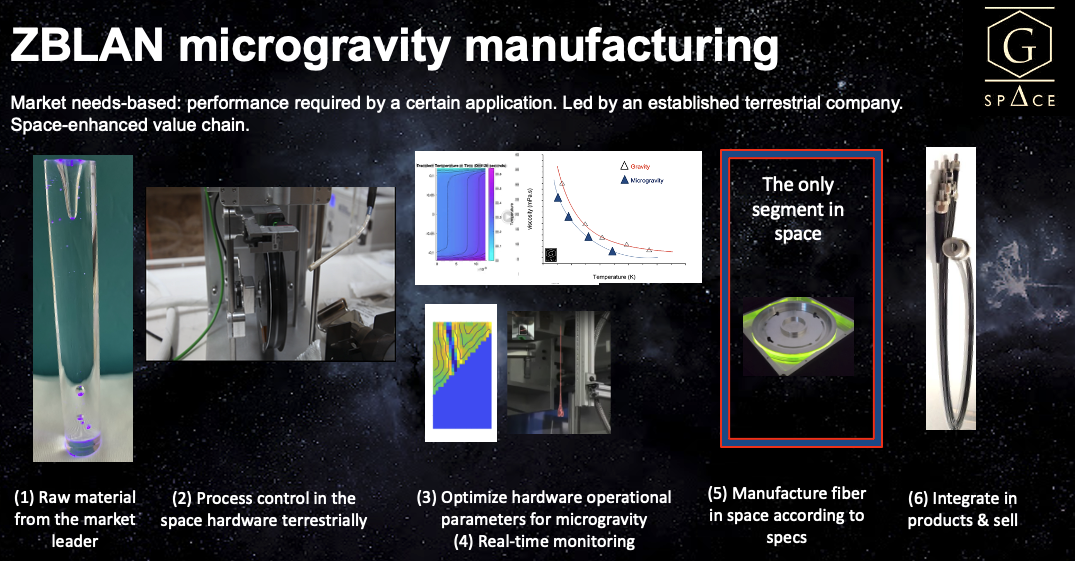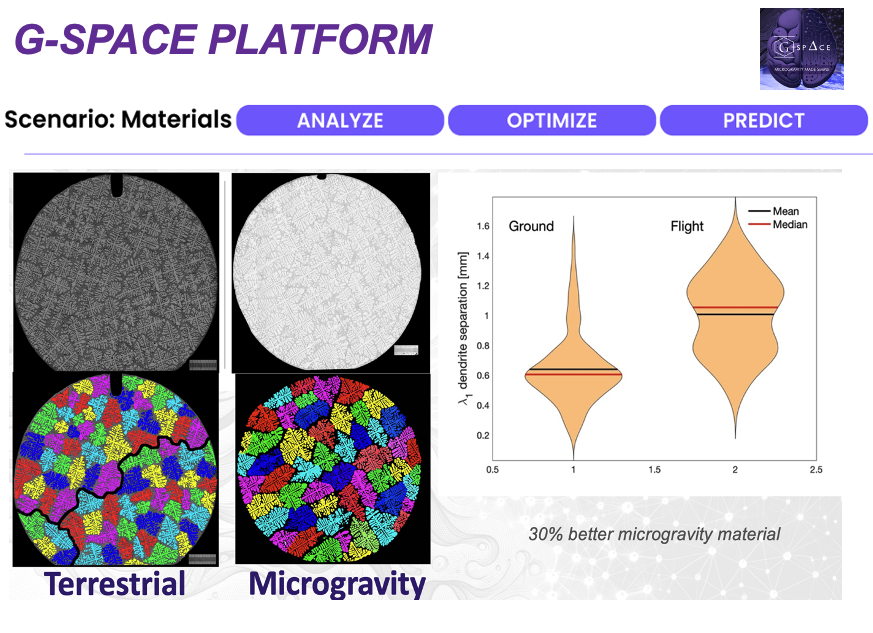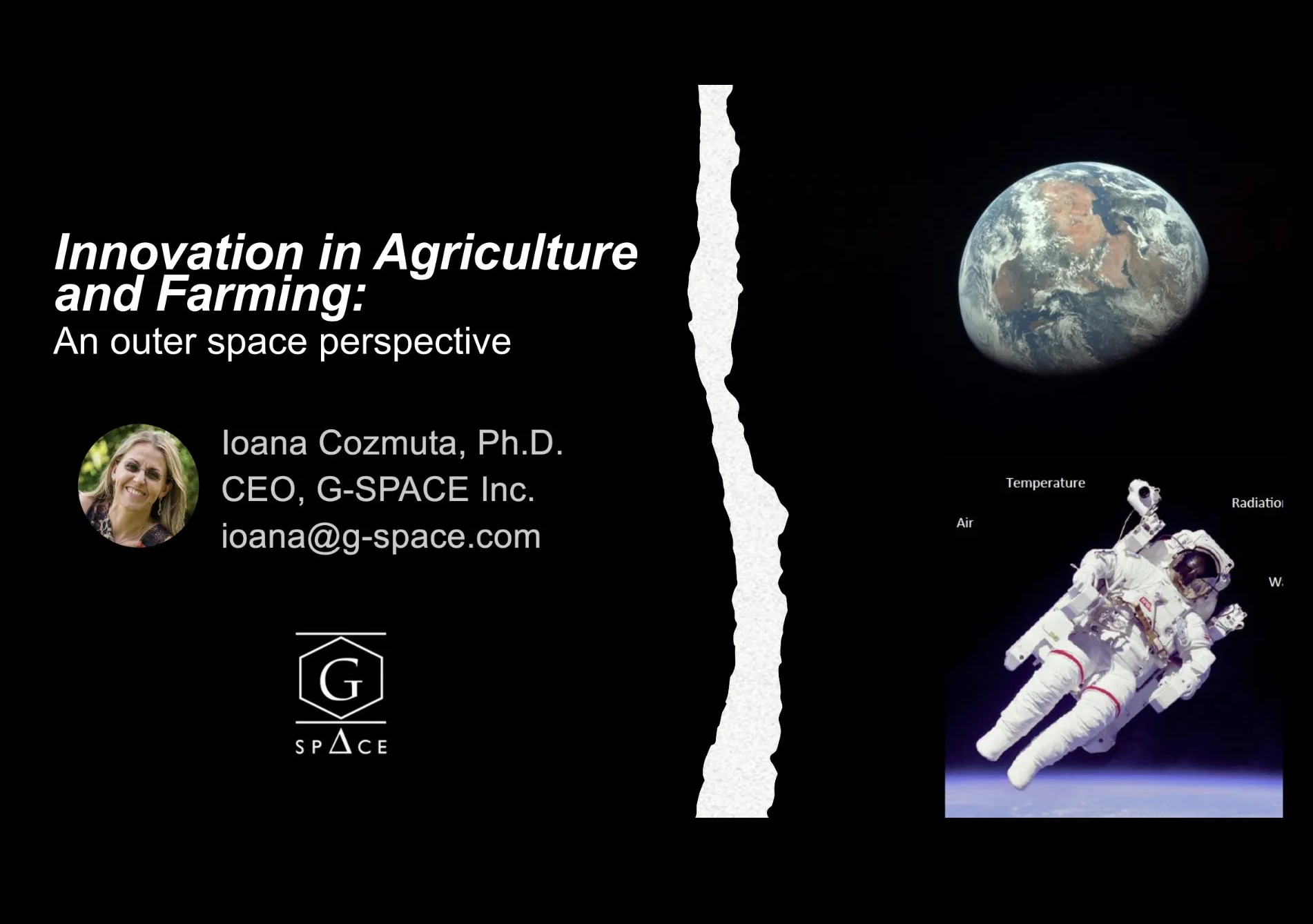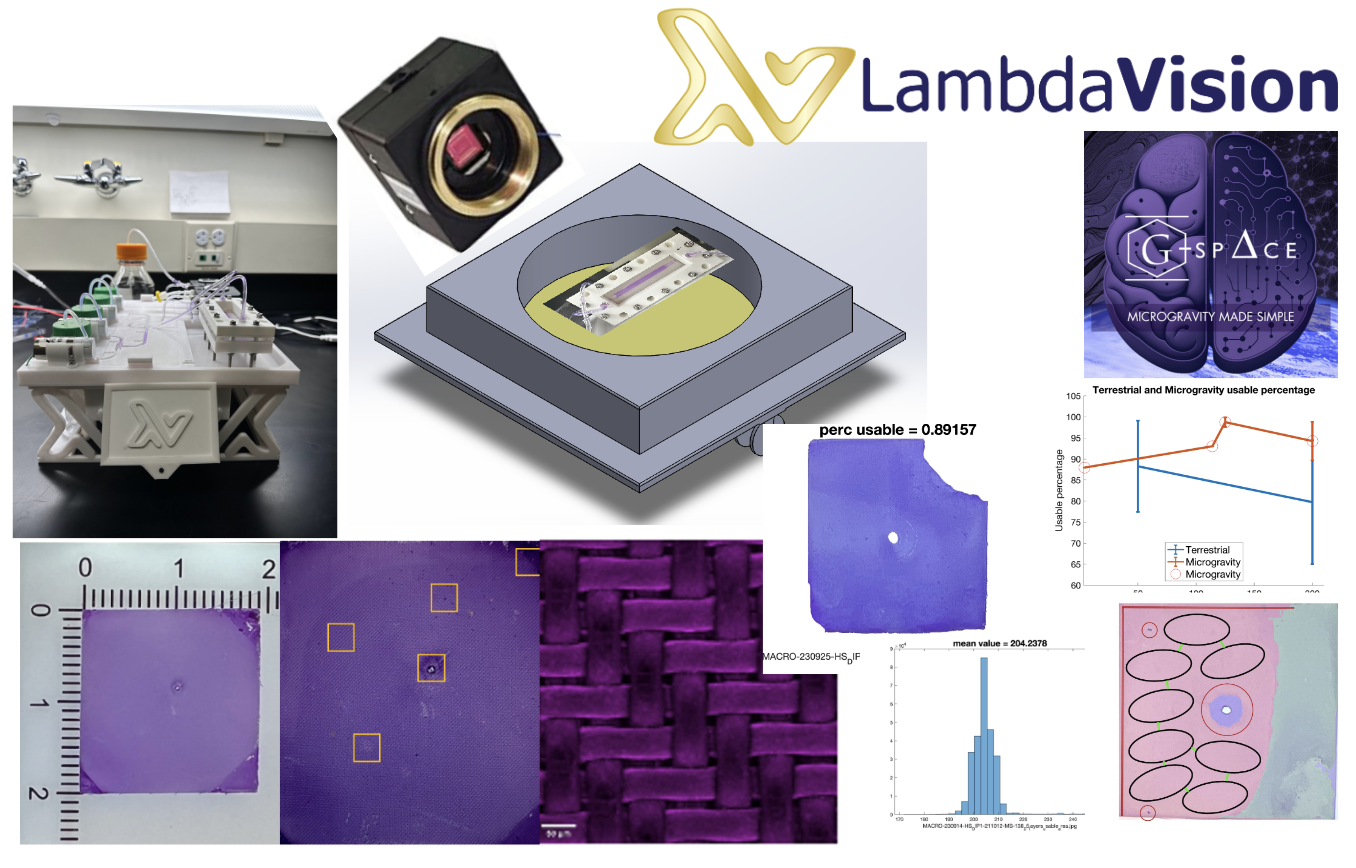· Ioana Cozmuta, Remus Osan, Brian Motil · Papers · 2 min read
In-Space Manufacturing: Facts and Myths
Over the past decade, the space economy has rapidly expanded

Abstract
Over the past decade, the space economy has rapidly expanded, driven by significant reductions in launch costs and advancements in space communication technologies. This transformation has fueled private investment, leading to the growth of commercial space stations and the rise of new markets like In-Space Manufacturing (ISM).
Unlike traditional space models focused on cargo transport, ISM prioritizes the quality of what is produced in space, with a focus on high-value, low-volume products that offer superior benefits, such as reduced CO2 emissions and energy costs. However, the rush to capitalize on ISM without fully understanding its complexities risks undermining the sector’s development. This paper explores the essential metrics for ISM success and provides an update on lessons learned, particularly from ZBLAN fiber manufacturing, while addressing the misconceptions that have emerged in this evolving industry. Many space manufacturing companies initially embrace vertical integration, attempting to manage all aspects of production themselves. A more sustainable and effective approach, however, lies in creating a “space-enhanced value chain,” where the unique advantages of space complement existing terrestrial businesses. Specialization, as seen in traditional industries on Earth, is crucial for fostering a robust and efficient ISM ecosystem. By recognizing the need for diverse capability providers, a healthier and more sustainable value chain can emerge, mirroring the complexity of Earth’s industrial landscape. Furthermore, relying solely on miniaturized versions of terrestrial manufacturing processes in microgravity is insufficient to drive innovation.
ISM requires reimagining and redesigning processes, materials, and technologies to fully exploit the benefits of the space environment. Expecting immediate perfection is unrealistic, as Earth-based industries have refined their techniques over decades through trial and error. Given the high costs and unique constraints of space, a more deliberate approach is essential.
AI/ML-driven process control plays a vital role in optimizing production before flight, using predictive modeling to simulate and refine processes, reducing the need for costly and time-consuming in-space trial-and-error iterations. The fusion of systematic recalibration and AI-driven intelligence is transforming ISM, enabling manufacturers to work with greater precision and efficiency. This approach is especially important in cases like ZBLAN fiber production, where recalibration and benchmarking of space hardware against terrestrial standards are essential. As ISM continues to evolve, embracing specialized roles, optimizing processes, and leveraging AI/ML technologies will be key to ensuring its success, transforming ISM from a novel possibility into a sustainable and commercially viable reality.





